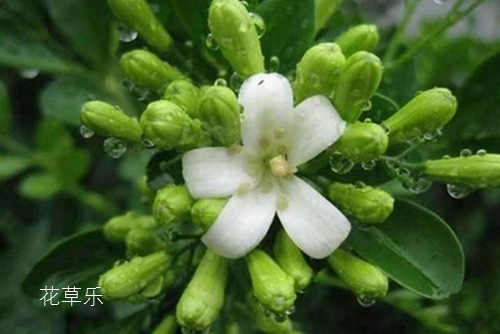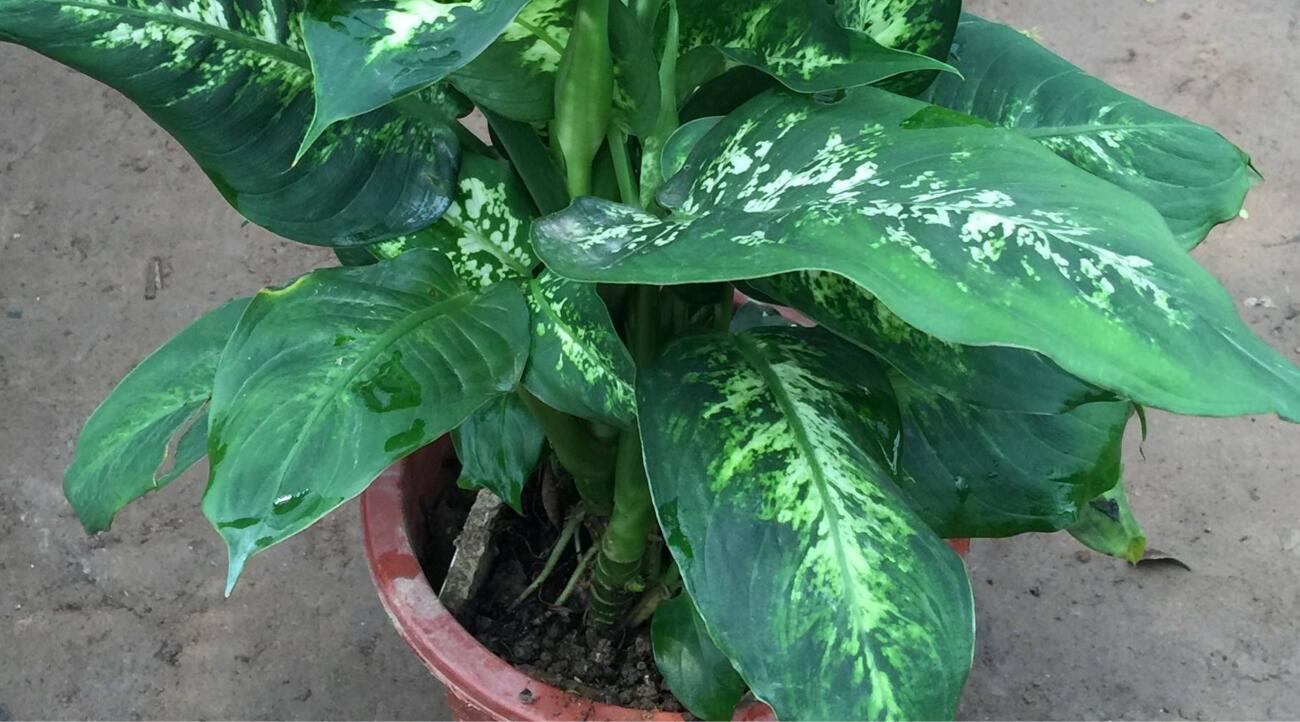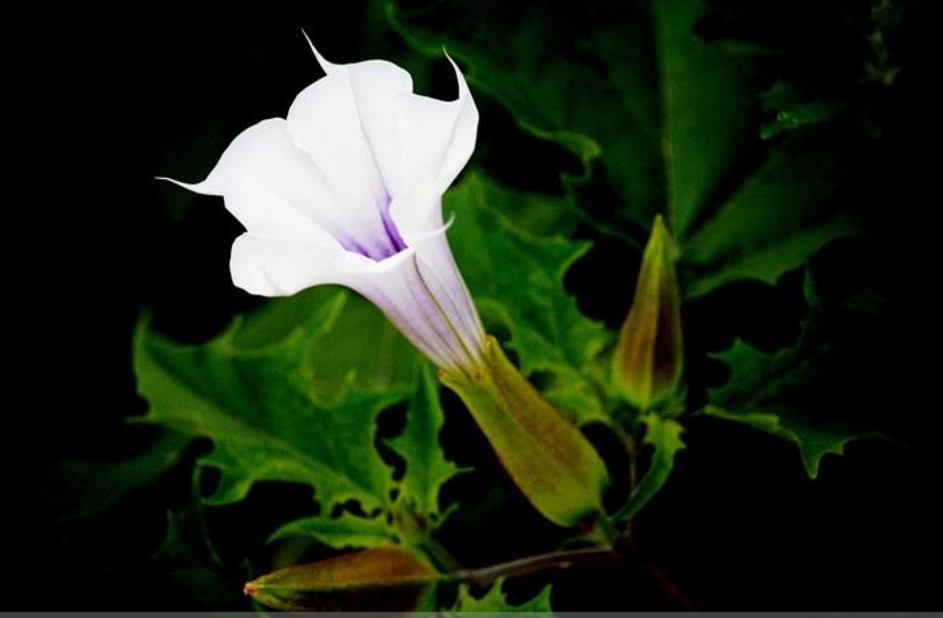How to raise Jiuli incense? a complete introduction to the cultivation and bonsai production of Jiuli incense
Jiuli incense, also known as: stone pepper, Jiuqiu incense, Jiushu incense, Qili incense, Qianli incense, Wanli incense, cross-mountain incense, golden cinnamon, mountain yellow peel, thousand eyes, moon orange. The plant is graceful, the branches and leaves are beautiful, and the fragrance of flowers is rich. The chemical constituents of roots, stems and leaves are similar to those of Fraxinus officinalis. It is common in the bushes of flat land, gentle slopes and hills not far from the coast. Like to be born in sandy soil and sunny place. Jiuli incense trees are elegant, vigorous branches, evergreen all the year round, white and fragrant flowers, bright Zhu fruit, is a good material for the production of Jiuli incense bonsai. The following flowers and plants share with you how to raise Jiuli incense, from the form, conservation and reproduction of Jiuli incense, the production of Jiuli incense bonsai to the prevention and control of diseases and insect pests, and medicinal value.
How to raise Jiuli incense? a complete introduction to the cultivation and bonsai production of Jiuli incense

How to raise Jiuli incense? introduction to the breeding method of Jiuli incense.
Jiuli incense, also known as Qianlixiang, is an evergreen shrub or small tree of Rutaceae. Its leaves are small and dense, dark green and shiny. Although its flowers are not amazingly gorgeous, they are white and elegant with a strong fragrance to the nostrils. Every autumn, the white flowers bloom all over the branches, the fragrance is striking, very elegant. And it has a long life, can be processed into artistic bonsai, dish branch wrong section, vigorous quaint, do not have charm, is the ideal potted flower to decorate the lobby room. The lovely Jiuli incense also has a very beautiful flower language: the captive of love.
The fruit is orange-yellow to scarlet, broadly ovate or elliptic, apically mucronate, slightly oblique, sometimes globose, 8Mel 12mm long, 6Mel 10mm in diameter, with viscose pulp and seeds with short cotton hairs. The flowering period is from April to August, and there are also post-autumn flowering and fruiting period from September to December.
1. The growing environment of Jiuli incense
Jiuli incense is native to tropical and subtropical Asia, and is also distributed in the south and southwest of China, while it can only be used for potted ornamental plants in the north. It likes warm climate, sunny environment, shade and early tolerance, but not cold. The northern region needs more than 10 ℃ indoor winter. It is suitable to grow in slightly acidic sandy loam rich in humus. Jiuli incense is not strict on the soil, so it is appropriate to choose sandy soil rich in humus, loose and fertile. The newly planted or turned-pot Jiuli incense should be watered thoroughly and placed in a shaded place for about 10 days, and then planted in a sunny and well-ventilated place.
2. Propagation method of Jiuli incense.
Jiuli incense is often used for sowing propagation and cutting propagation, as well as high-pressure propagation.
The main results are as follows: (1) Cuttage propagation: 2012 branches are selected as cuttings in spring and autumn. The cuttings are about 10-15 cm long, with 2-3 buds left on the cuttings, soaked in 1000-2000 mg / kg naphthylacetic acid for 3-5 seconds, and then inserted into the arranged seedbed. The depth is 3cm to 5cm. Fine sand and vermiculite can be used as cutting substrate. After insertion, pour water through, cover with a small arch shed, and properly shade, keep the soil moist, and take root after about 2 months.
(2) sowing and propagation: after the seeds mature in December each year, they will be sown with picking or sand storage until the following spring. Sowing Jiuli incense on the seedbed should be sparse rather than dense, which can speed up the growth of seedlings and cover 0.5 cm of soil after sowing. Keep the soil moist, the temperature is about 15 ℃, and germinate in about 20 to 30 days.
(3) High pressure propagation: from May to August, the sturdy branches were selected, cut under the nodes and covered with moss and other moisturizing materials, which could heal and take root in 2 months.
3. Maintenance and management of Jiuli incense
The main results are as follows: 1. Jiuli incense pot should choose sandy loam with good drainage, and apply delayed organic fertilizer with more phosphorus and potassium fertilizer as base fertilizer at the bottom of the basin. The cultivated soil can be made from 7 parts of sandy loam, 1 part of fine slag, 2 parts of cake fertilizer residue or 5 parts of pond mud, 4 parts of peat and 1 part of river sand.
2. May is the growing season of Jiuli incense, so it is necessary to move the plant out of the sunny place outside for maintenance. As the outdoor sun is strong, the climate is also dry, water evaporation is relatively fast, watering should be increased accordingly, can be irrigated once every two days, topdressing should also be increased to once every 10 days. Summer is the season for plant growth and bud formation, and the weather is hot and water needs a lot, so it should be watered once a day, and at the same time, some water should be sprinkled on the leaves and the ground around them at noon and evening to increase air humidity and reduce water evaporation.
3. During the growth period of Jiuli incense, mixed nitrogen, phosphorus and potassium fertilizer should be applied, not partial application of nitrogen fertilizer. Apply more phosphorus and potassium fertilizer before flowering and budding. If there is too much nitrogen fertilizer and lack of phosphorus and potassium fertilizer, the branches and leaves are easy to grow without budding and blooming. When pregnant buds should be properly less watering, in order to facilitate pregnancy buds. Jiuli Xiangsheng watering cake fertilizer once a month for a long time, watering requirements are generally not too strict, basin soil can see dry watering, watering should not be too much, too wet soil can easily cause defoliation. Watering at the flowering stage should be timely and appropriate in order to ensure more flowering and fragrance.
4. In winter, the plant of Jiuli incense should be prevented from frost damage, the lowest indoor temperature should be maintained above 10 ℃, and watering should be strictly controlled. If the basin soil is not dry, it is appropriate to keep it a little dry. The pot of Jiuli incense can be changed every 2012. the pot soil is fully mixed with 50% needle rotten leaf soil, 20% garden soil, 20% fine yellow sand and 10% compost soil. Changing the basin can be carried out in April or May in spring, and sufficient mature basic fertilizer should be applied at the bottom of the basin when changing the basin.
Time: 2019-04-29 Click:
- Prev

Breeding methods and matters needing attention of Silver Queen
The silver queen is a perennial herb with a height of 30ml / 40cm, an erect stem and an unbranched stem with obvious internodes. The leaves are alternate, the petiole is long, the base expands into a sheath, and the leaves are narrow and long, light green. The newly grown leaves are about 3 inches. After forming, the 5-or 6-inch Silver Queen has beautiful plant shape, attractive leaf color and very shady resistance.
- Next

22 kinds of common poisonous plants must be paid attention to in family breeding.
Plants are an indispensable part of nature, and they are closely related to people's lives. But the chemical composition of plants is complex, among which there are many poisonous plants, accidental contact, accidental eating, may appear poisoning symptoms, or even death. Many of these poisonous plants are very familiar to everyone.
Related
- Fuxing push coffee new agricultural production and marketing class: lack of small-scale processing plants
- Jujube rice field leisure farm deep ploughing Yilan for five years to create a space for organic food and play
- Nongyu Farm-A trial of organic papaya for brave women with advanced technology
- Four points for attention in the prevention and control of diseases and insect pests of edible fungi
- How to add nutrient solution to Edible Fungi
- Is there any good way to control edible fungus mites?
- Open Inoculation Technology of Edible Fungi
- Is there any clever way to use fertilizer for edible fungus in winter?
- What agents are used to kill the pathogens of edible fungi in the mushroom shed?
- Rapid drying of Edible Fungi

